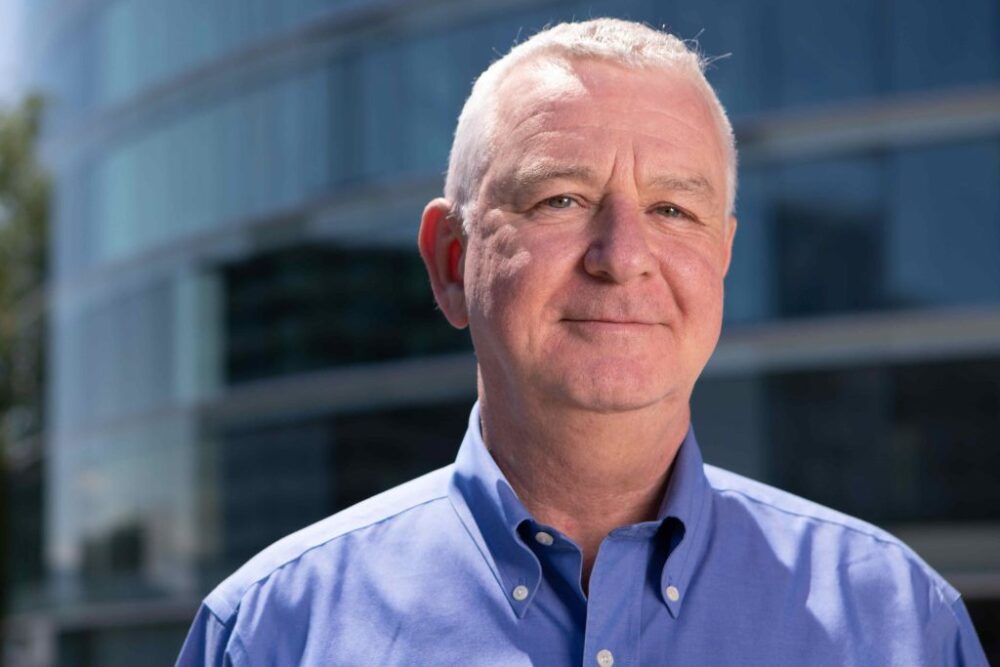Better Cotton today announced the launch of its ambitious new climate change mitigation target as part of a new strategy designed to deliver substantial environmental, social and economic impact across the cotton industry by 2030.

The headline climate change mitigation target has been set to reduce overall greenhouse gas emissions per tonne of Better Cotton produced by 50% by 2030 (from a 2017 baseline).
Four additional targets covering soil health, pesticide use, smallholder livelihoods and women’s empowerment are expected to be announced by the end of 2022 with impact indicators providing robust metrics for tracking and evaluating against the baseline.
These progressive new metrics will allow enhanced measurement across the five key areas to ensure greater and lasting economic, environmental and social benefits at farm level for cotton growing communities.
Since its formation (in 2009) Better Cotton has had a significant impact on the sustainability of the worlds’ cotton production. For example, on average Better Cotton production had a 19% lower GHG emissions intensity per tonne of lint than comparison production across China, India, Pakistan, Tajikistan and Turkey, a recent study analysing data from three seasons (2015-16 to 2017-18) showed.
During the 2019-20 season, Better Cotton Farmers in India—where the most farmers are licensed to grow Better Cotton — used 10% less water, 13% fewer synthetic fertilisers, 23% fewer pesticides and 7% more organic fertiliser when compared to farmers in the same regions who operate outside of Better Cotton projects or Comparison Farmers. At the same time, Better Cotton Farmers in India achieved 9% higher yields and 18% higher profits than Comparison Farmers in the same season.
Better Cotton and its partners have also trained over 2.5 million farmers in 25 countries, having raised €99 million since 2010 to fund capacity building and other field-level activities. This is projected to grow to just over €125 million by the 2021- 22 season.

Alan McClay, CEO, Better Cotton (pictured above) said
“This is a pledge for Better Cotton farmers and a stake in the ground for the global cotton sector. Nearly a quarter of the world’s cotton is currently produced under the Better Cotton Standard. We aim to at least double that by 2030.
At COP 26, the textile and fashion industry announced a whole series of commitments aimed at achieving net zero by 2050. Our new 2030 Strategy not only aligns with these goals but sets solid and measurable metrics that will have material impact across cotton production worldwide for the benefit of the whole industry.
We know that climate change poses a great risk to cotton farmers – with rising temperatures and more extreme weather events like flooding and unpredictable rains. We will help on the ground by incentivising farmers to enrich the environment and embrace both climate-smart and regenerative agricultural practices.
We will also help open doors to markets, and through our metrics, feed back information on the results farmers are achieving, so they can see the benefits of sustainable practices and continuously improve the way they farm.”
Better Cotton also intends to take the lead in developing solutions for physical traceability enabling retailers and brands to make stronger sustainability claims related to the cotton content and provenance of their products.
Jason Clay, Senior VP, Markets, and Executive Director, Markets Institute at WWF said
“Having convened the very first meeting in 2004 with the International Finance Corporation of what was to become Better Cotton, I have a particular interest in the organisation and their work towards market transformation.
Better Cotton was one of the first certification programs that focused on performance metrics for the key impacts of producing cotton. It was the only program that focused on helping all producers, not just rewarding the best. This new announcement re-enforces these aims and adds considerable weight to mitigating against climate change.”
Pramit Chanda, Country Director – India, Global Director – Textiles & Manufacturing of IDH, The Sustainable Trade Initiative said
“IDH has been a strategic partner to Better Cotton for over a decade, providing the initial funding and support in creating strong public-private collaborations that enabled the scale-up of Better Cotton’s programmes. Today, Better Cotton farmers account for nearly a quarter of the world’s cotton supply, and we see this has the potential to reach 65% by 2030. As IDH, we wholeheartedly welcome the focus on climate resiliency in the 2030 Strategy. We see this as an essential prerequisite for the achievement of better incomes for cotton producers around the world.”
The climate change mitigation target launch comes on the back of the recently released 2020 Better Cotton Impact Report. The evolution of more sustainable cotton production methods continues to build on previous farmer reporting and demonstrates how each component of the Better Cotton Standard System is set up to deliver impact in a world where supply chain transparency and accountability are paramount.


